Totally Different Systems: Comparing the uST Transport with Alternatives
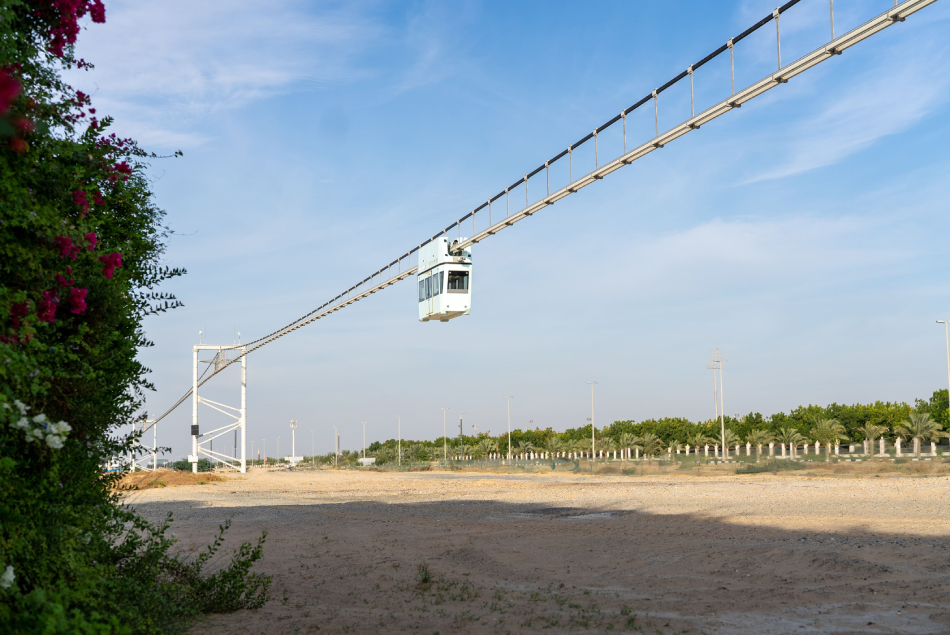
Mueller’s Aerobus, the Wuppertal Suspension Railway and the uST transport and infrastructure complexes... The aboveground factor is what they have in common. However, a detailed comparison of these technologies reveals a number of major differences. What are the differences between somewhat similar modes of transportation?
Mueller's Aerobus lacks speed
The overpass-type suspension system of Swiss engineer Gerhard Mueller was built in Germany back in the 1970s. And although the Aerobus, like the uPod, traveled on the second level, the monumental difference between these transportation systems is evident in a comparison of these engineering solutions.

Speed
The uPods can hit 150 km/h, while the maximum speed of Mueller's Aerobus is 35 km/h.
Passenger capacity
In six months, the Aerobus carried about 2.3 million passengers. Over a similar period of time, even one uPod can be used by about 10 million people! At the same time, the number of rail electric vehicles on the route depends on passenger traffic, and the uST transport itself is capable of transporting up to 50,000 people per hour.
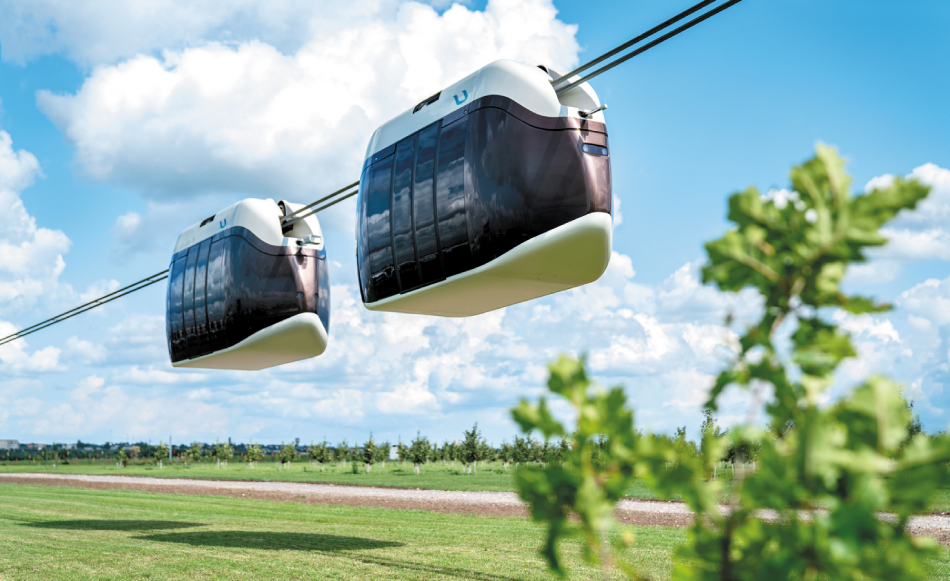
Chassis design
The use of the "cylindrical steel wheel – flat steel rail head" rolling pair in uPods provides several times less rolling resistance of the wheels and much longer track life in contrast to Mueller's rail with the railroad wheel resting on the rail head.
Track structure
In Mueller's system, the rail was suspended from a 52 mm diameter prestressed support cable. This, in turn, was attached to pylons, similar to the construction of suspension bridges. In uST technology, prestressed steel elements ("strings") are inside the rail box, which enables to create lightweight and strong structures with significantly lower financial burden in construction and operation.
The Wuppertal Suspension Road is too costly
The first monorail to be put into operation was a 13.3 km long road in the German city of Wuppertal, and it is still in service today.
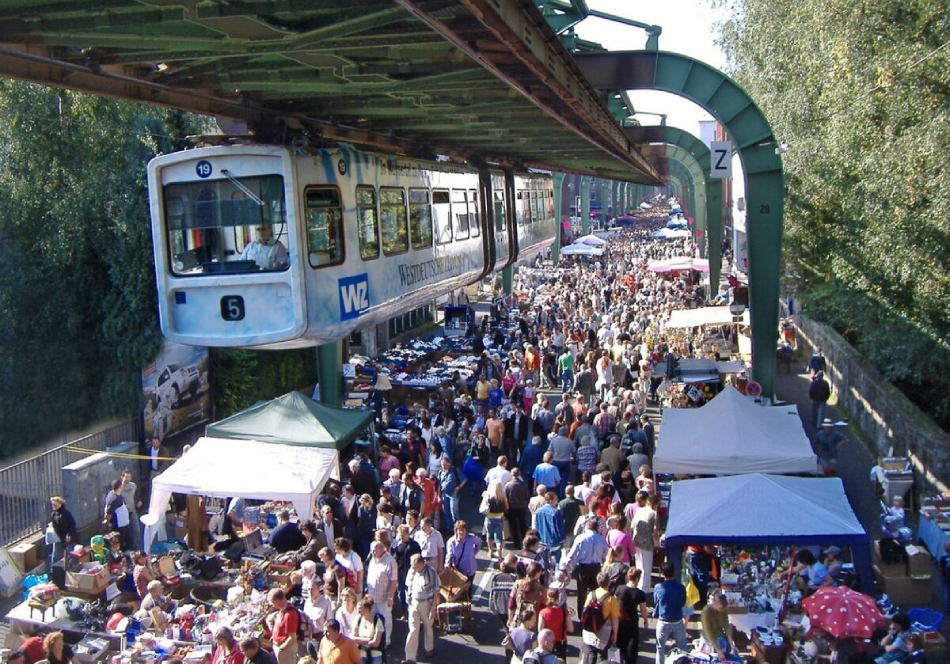
Speed
The uST has a maximum speed of 150 km/h, and for Wuppertal Monorail it is 60 km/h.
Traffic interval
The Wuppertal monorail uses single-car trains with 3–4 minute intervals during rush hour and 15 minute intervals during off-peak periods. The interval of the uPods is 20–50 seconds.
The average travel time of a monorail on an end-to-end line is 28–30 minutes. At a speed of 150 km/h, a uPod will cover the same distance in 5 minutes.
Passenger capacity
Today, around 85,000 passengers use the Wuppertal Suspension Railway every day. Annual passenger traffic reaches 25 million people.
The uPods assembled into small trains can carry up to 50,000 people per hour. This figure will amount to about 300 million passengers per year.
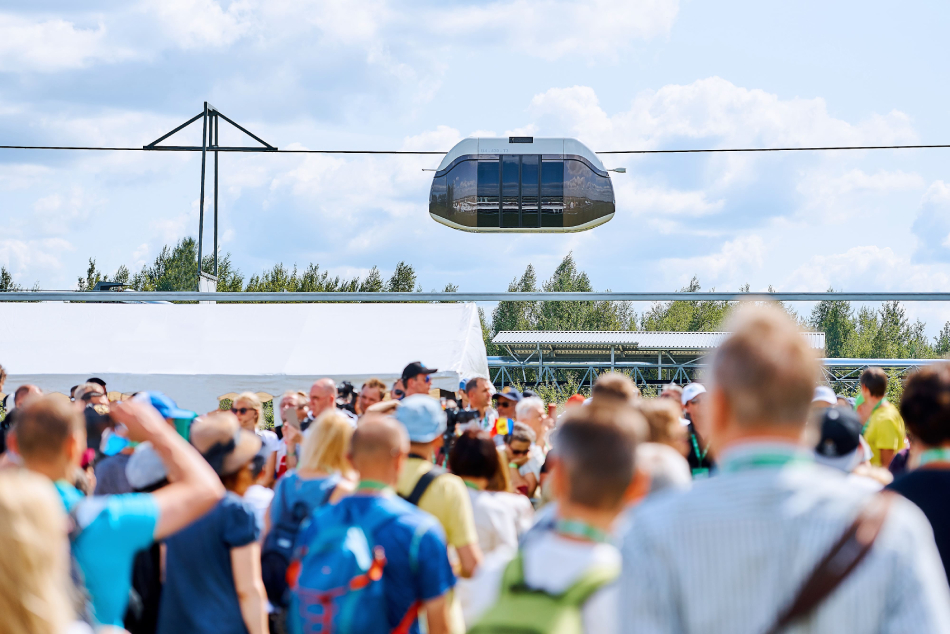
Power supply
The car wheels moving on the monorail are driven by electric motors. To energize them, they even built a special power station in 1897.
The uPods can be supplied with electricity from the track structure or from an integrated energy storage device. This ensures autonomy and independence of the uST transport from external power sources.
Track
In the Wuppertal monorail, the spans between the supports are assembled in a classic "girder" scheme and have expansion joints.
The uST track is built on the principle of an uncut prestressed system without expansion joints. This method helps to improve the levelness of the track and reduce the weight and cost of the structure.
Material intensity
A total of 19,200 tons of steel went into the construction of the Wuppertal Suspension Railway.
For uST transport with a similar track length, this figure will be much lower. The entire complex including the track structure and supports requires 4,200 tons of steel and 6,000 m3 of concrete.
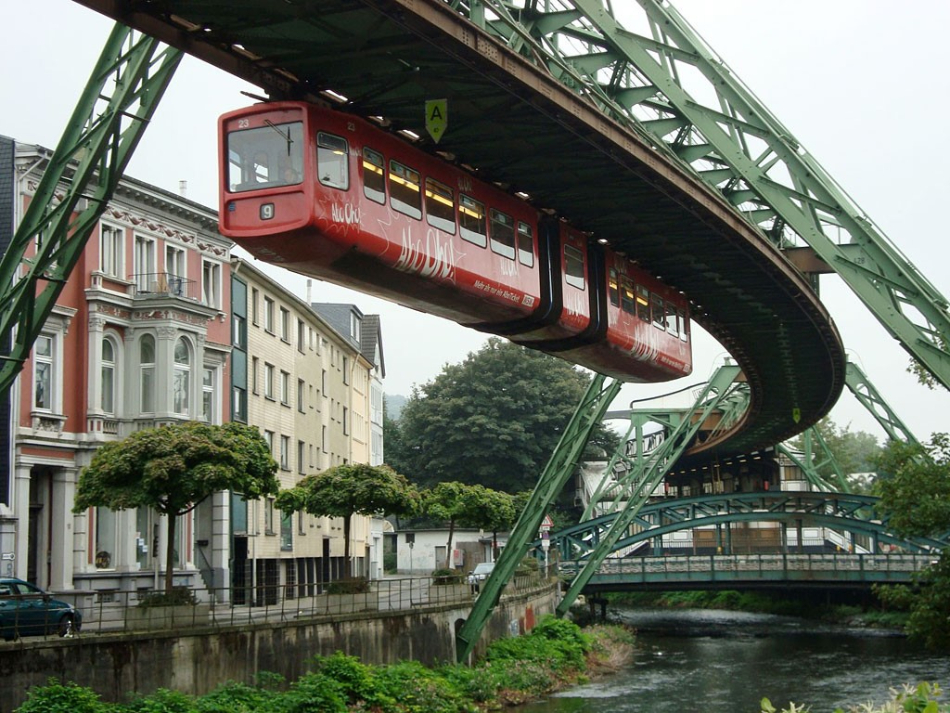
Financial burden
The cost of building a string-rail overpass (its price depends on the type of track structure and peculiarities of the terrain) is about 4 times lower than erecting a monorail track.
Integration into infrastructure
The monorail track is a bulky structure that can spoil the architectural appearance of the neighborhood where it runs. At the same time, monorail is much more difficult to integrate into the city infrastructure than uST track structure.
Unlike massive concrete overpasses for monorail trains, the uST complex requires minimal land acquisition. It does not disturb the landscape and easily fits into the urban infrastructure.
Safety
The biggest accident on the Wuppertal Suspension Railway was recorded in 1999. Five people died and 47 were injured and traumatized. The reason was a metal tool left by maintenance workers on the track. A car moving along the line hit it, derailed and fell into the river.
In uST transport, the risk of accidents is minimized as much as possible thanks to the automated control system. It continuously reads everything that happens on the track, in and around the uPod, analyzes this data and monitors the route assignment. This is not the case on the Wuppertal road.
As we can see, the only thing these transportation systems have in common is the idea of moving above the ground, but the engineering solutions are completely different: rail design, its internal filling, and production technologies, aerodynamics, etc. The uST complexes are more efficient, safe and cost-effective.
More news
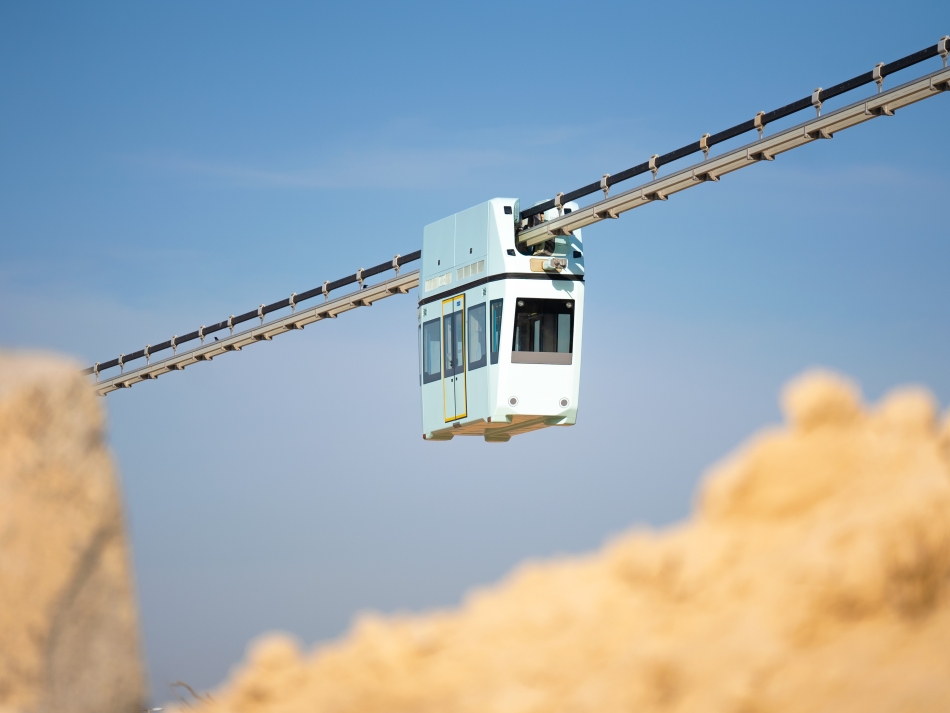
News
8 May 2024
The Karat complex has fallen into the focus of the Arab media
Journalists of The National visited the uSky Testing and Certification Centre located in Sharjah.

Opinion
3 Junе 2025
How to Overcome the "Last Mile" Barrier: the Opinion of the CEO of UST Inc.
In her column for Forbes, the CEO discusses why the introduction of eco-friendly solutions slows down at this stage and how transport technologies can fix the situation.
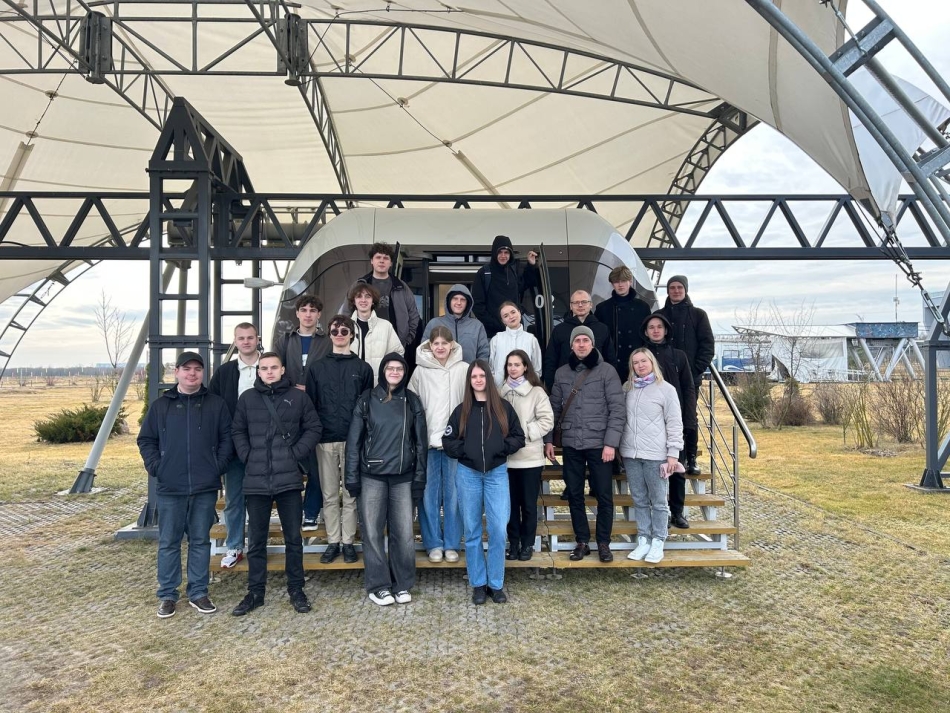
News
28 March 2025
Excursion for Students and Faculties of Belarusian State University Held at UST Inc.
A delegation of the Faculty of Mechanics and Mathematics at Belarusian State University visited the production and testing facilities of Unitsky String Technologies Inc.

